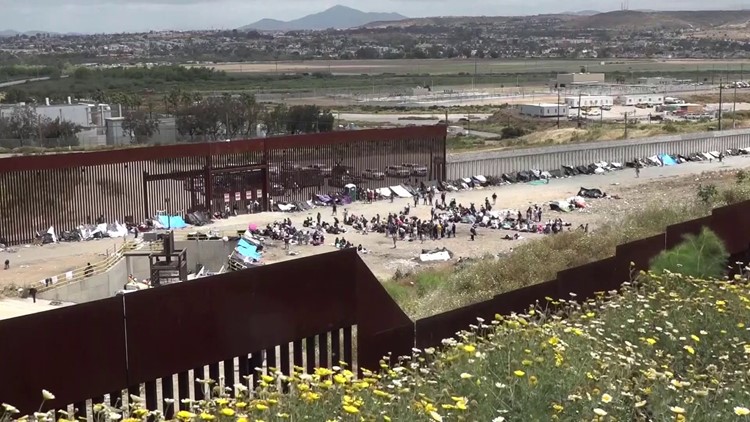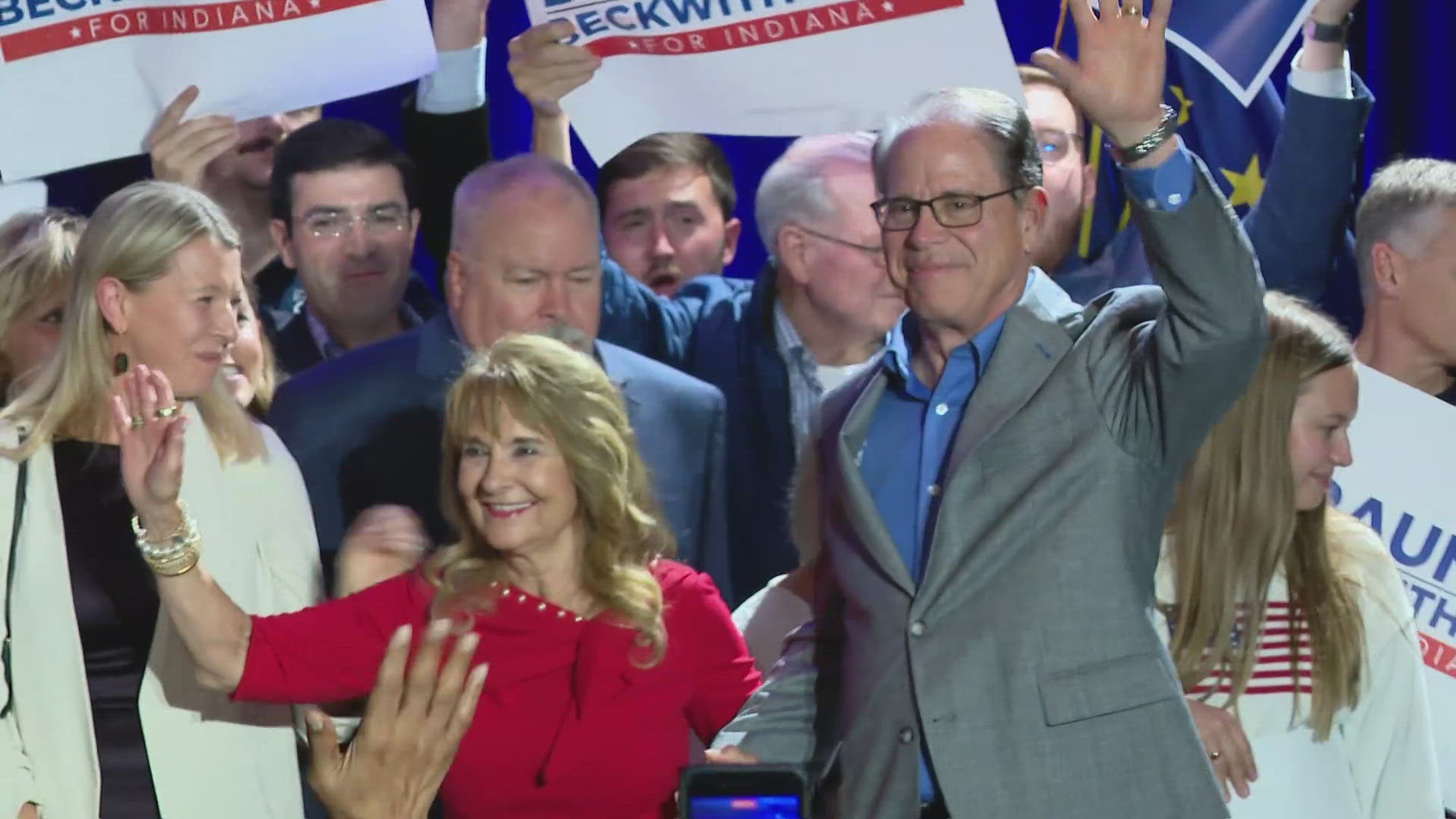INDIANAPOLIS — Last week, Indiana Attorney General Todd Rokita called on Gov. Eric Holcomb to send Hoosier National Guard units to the southern border to help staunch the tide of illegal immigrants.
“When you’re not enforcing the border and the federal government is not doing their job, the answer is not to not have the job done; the answer is to solve the problem,” Rokita said in a clunky statement.
The key phrase here is “solve the problem,” an assertion that tens of thousands of Hoosier business professionals, industrialists, farmers, restaurant operators, retirement centers and research institutions would readily agree with.
According to the Indiana Department of Workforce Development, as of late April, there were an estimated 130,218 open job postings around the state. You see “Help Wanted” signs posted on entry doors or signs everywhere you go.
The problem with that “solve the problem” phrase is that when it was “U.S. Rep. Rokita” (2011-2019), both congressional Republicans and Democrats repeatedly kicked the illegal immigration can down the road. Why? Because finding the solutions are arduous and take statesmanship. Plus, campaign wings of both parties use the issue to demagogue and raise money.
In Rep. Rokita’s final two years in Congress, Republicans controlled everything, Donald Trump was president and the GOP had Senate and House majorities. While Trump supporters repeatedly shouted “Build the Wall!” at MAGA rallies, when they controlled all the marbles, Republicans failed to fund the wall (and Mexico was never going to pay for it).
Republicans also controlled the White House and Congress from 2003 to 2007. During this era, then-U.S. Rep. Mike Pence came up with the “Pence Plan” to staunch the immigration problem. Pence described it to NPR this way in 2006: “My proposal is — I refer to as a no-amnesty immigration reform proposal. It puts border security first for two years, at the end of which the secretary of Homeland Security must certify to the Congress and the White House that the border security measures have been substantially completed. And at that time, we would initiate a new series of what I call Ellis Island centers outside the United States of America that could process the 10 to 12 million illegal immigrants in this country by asking them to leave the country and apply for the legal right to be here under a two-year work visa.”
This sounded reasonable at a time when Congress was at loggerheads. The New York Times described that era like this: “The House had passed a tough bill focusing on border security alone. The Senate had passed a broader measure that included a guest worker program and a path to citizenship for illegal immigrants already here.”
After Rep. Pence had unveiled his plan, President George W. Bush invited him to the White House, signaling a potential imprimatur. But the GOP’s right-wing denounced the plan. The Times reported, “Phyllis Schlafly of the Eagle Forum called it ‘a sick joke.’ Richard A. Viguerie, the direct-mail pioneer, threatened to punish politicians who supported it. American Conservative editor Pat Buchanan likened the betrayal to a scene from ‘The Godfather.’”
Pence would tell the Times, “I was taken aback by the level of invective.”
In 2006, an immigration bill with border security and citizenship provisions was based on a compromise struck by U.S. Sens. John McCain (a Republican) and Ted Kennedy (a Democrat). It died in the House. In 2007, the bipartisan Senate “Gang of 12” tried a compromise, but it encountered what The Times described as “dogged opposition from both parties and ultimately collapsed.”
In 2013, the Senate passed a compromise immigration bill by a 68-32 margin addressing both border security and expanded immigration pathways, with 14 Republicans on board. It died in the Republican House. In 2018, House Republicans tried to pass an immigration overhaul they pitched as a compromise between their own moderates and conservatives. All House Democrats and about half of House Republicans opposed it, failing 121 to 301.
Democrats have been just as despicable. Democrats controlled the White House and Congress from 1993-95, 2009-2011 and 2021-23, and immigration reform has remained in a state of paralysis.
In 2010, Democrats made an 11th-hour attempt before losing their House majority to pass the DREAM Act that focused on legalizing undocumented migrants, many brought to the U.S. with their parents. It failed.
The Immigrant Welcome Center says almost 70% of immigrants in Indiana work in essential industries. According to the American Immigration Council, in 2018 some 5% of Indiana residents were immigrants, while another 5% of residents were native-born U.S. citizens with at least one immigrant parent.
In 2018, Trump helped tip an Indiana U.S. Senate race to Mike Braun by sounding alarms of “caravans” in Mexico taking aim at the U.S. border.
This past month, President Biden ended the Trump-era “Title 42” that brought another wave of immigrants to the southern border. With climate change stoking agricultural, political and societal instability throughout Latin America, this problem is only going to get worse in the coming years.
What did not fail after repeated spates of pusillanimous legislating was the campaign fundraising that brought in hundreds of millions of dollars, often from the very same businessmen and women, farmers, industrialists, etc., who are now crimping their operations due to lack of personnel and resorting to robots to harvest, produce food and feed their clients.
The columnist is managing editor of Howey Politics Indiana/State Affairs at StateAffairs.com/pro/Indiana. Find Howey on Facebook and Twitter @hwypol.



